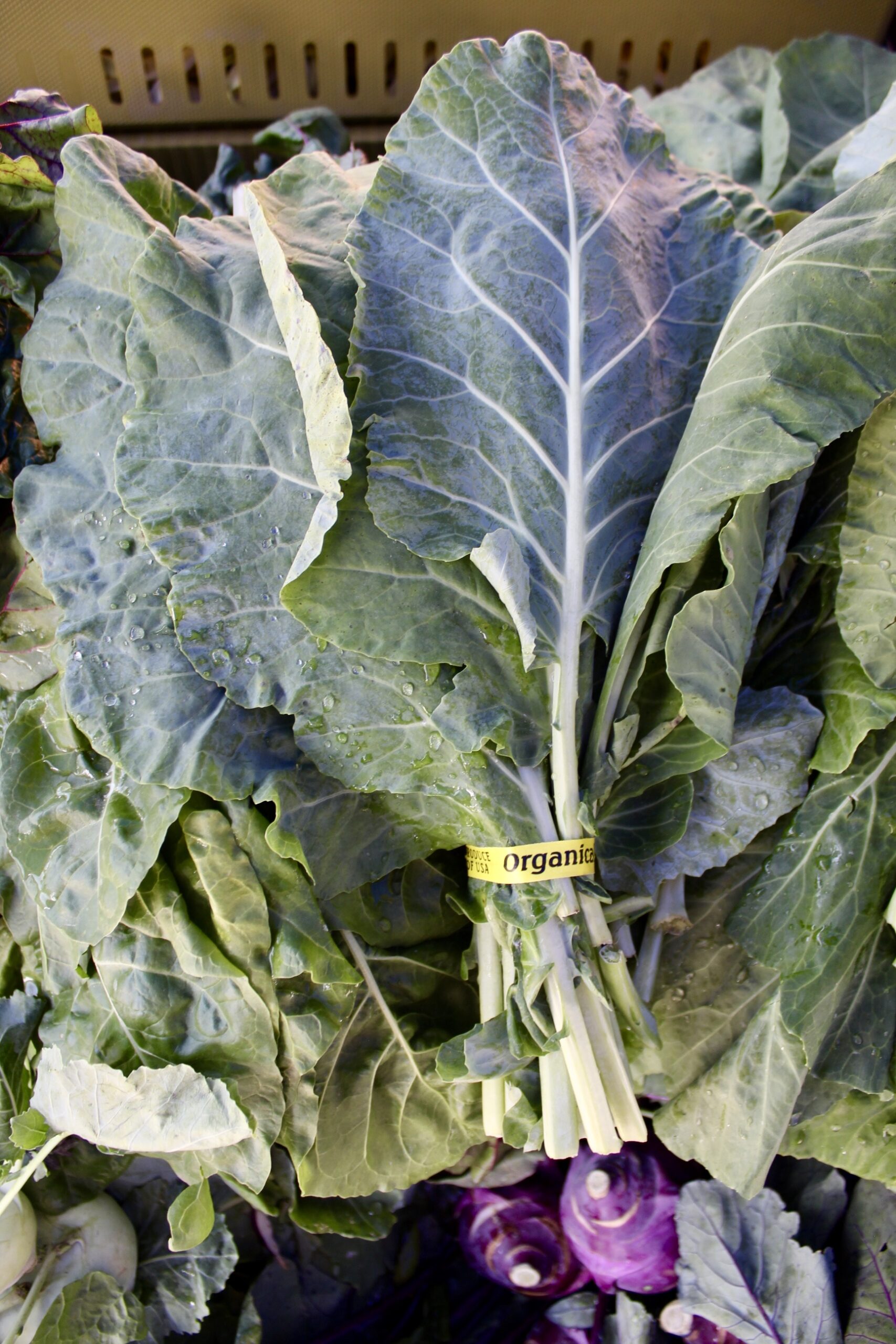Leafy Greens Series: Collard Greens
July 6, 2019
Everybody knows that you have to get your greens in every day, right? But why is that, exactly? What do greens have in them that make them such “superfoods” and such “nutrient powerhouses”?
Instead of taking everyone’s word for it, it’s about time to learn for yourself exactly what nutrients they contain and why they’re important.
Here’s the bottom line: Eating a diet that’s rich in leafy greens has numerous healthy benefits, including a reduced risk of heart disease, high blood pressure, inflammation, and even some types of cancers.
That’s why we created this blog series to highlight some of the coolest and healthiest leafy greens to highlight their benefits so that we can all learn a little bit more about how our body is affected when we eat them. Join us as we educate ourselves!
Important note: The information in this blog series is not exhaustive. Not all the foods’ nutrients and health benefits are listed here, but rather just those most prominent and distinctive; the highlights of their nutritional properties. We are not nutritionists and don’t pretend to be. All information sources are listed at the bottom of the article.
Collard Greens
These humble greens are traditional in Southern cuisine, but they actually pack a lot of nutrients and they tend to be really cheap, so you’re getting a lot of bang for your buck! We love using collard greens, especially if they have big leaves, to use as wraps that we stuff with stir-fried rice and bake in the oven.

Vitamin K
Collard greens contain a hefty amount of Vitamin K. This vitamin is quite impressive, as it’s responsible for bone health and can help heart health. It has been shown to prevent the calcification of arteries, which is one of the leading causes of heart attacks, and is a natural remedy for high blood pressure. It’s heart-healthy properties reduce the risk of conditions such as stroke, heart attack and diabetes.
Glutathione
One of the most important properties of collard greens and other cruciferous vegetables is a molecule named glutathione. This peptide contains 3 key amino acids that do a number of good things in the body: they help cleanse the liver and detoxify fat, boost immune function, fight cancer cells, protect the body from environmental toxins, and prevent drug resistance.
Vitamin A
Vitamin A aids in the reduction of inflammation by fighting damage caused by free radicals; environmental toxins that cause oxidative stress in the body, which may include damage to cells and to DNA. Antioxidants like Vitamin A combat this oxidative stress. 1 cup of collard greens alone provides 300% of the recommended daily amount of Vitamin A! Pretty impressive.
Folate
Collard greens also contain an important B-vitamin called folate, which prevents an excessive amount of homocysteine forming in the body. Homocysteine is a common amino acid that is mostly obtained from eating meat. High levels of homocysteine have been linked to a high risk of heart disease. Eating collard greens is a great way to reduce that risk.
Iron
Collard greens also provide the body with a good amount of iron. One cup of these cooked greens provides 2.5mg of iron, which is crucial for transporting oxygen from your lungs the the rest of your body. Without iron, the body is unable to make enough oxygen-carrying red blood cells.
Collard greens can also help lessen sore muscle pain, help with trouble sleeping, improve memory, and are known to improve mood.
How to Use Collard Greens
So this all sounds great, but how can we use collard greens in our meals?
It’s better to eat them cooked, as they can be tough and difficult to chew when raw. As mentioned above, they’re great to use to wrap things up due to their big leaves. They can be blanched, sautéed, or boiled, although with all greens, it’s always best not to overcook them (maintaining their bright green color) in order to conserve all of their nutrients.
They can make a great side dish sautéed with some caramelized onions and topped with some pine nuts, add them to rice, pasta, or noodles for a touch of green, or you can make them the main event by blanching them and using them to wrap up a raw veggie roll, burrito, or anything instead of using lettuce wraps, wheat wraps, or tortillas.
Let us know your favorite way to cook collard greens in the comments below. Enjoy!
Sources: medicalnewstoday.com, naturalfoodseries.com, draxe.com, livescience.com, webmd.com
be the first to comment